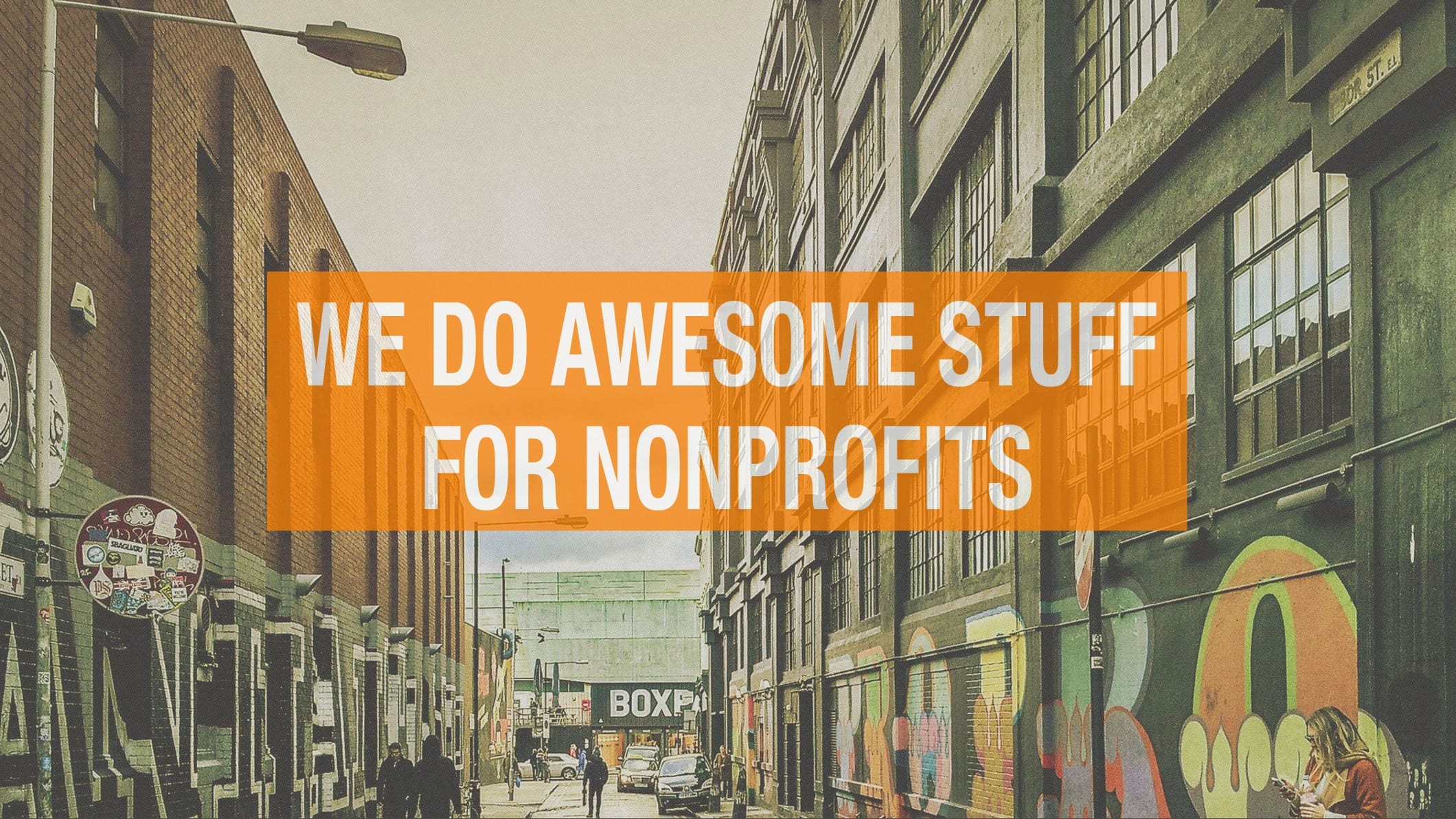
Nonprofit Digital Marketing Plan
Our framework brings users into the center of nonprofits’ communication channels, where they can be engaged on multiple digital platforms.
Working with nonprofits like the Natural Resources Defense Council, Cornell Lab of Ornithology, and Thorn has helped us develop a methodology for effective nonprofit digital engagement that disrupts the traditional model of broadcast-oriented communication practices. We strongly believe digital technologies allow us to build two-way relationships with users that are more meaningful and ultimately, more beneficial to nonprofits.
Focus on digital platforms
Nonprofits have a strategic advantage in the digital space because they offer more than purchase-driven interactions. By offering opportunities for people to do good and be a part of a community, nonprofits are able to build large audiences on email lists and social networks. Building, managing, and optimizing these touchpoints are essential for any nonprofit that relies on public participation.
The Media Cause approach is based on these core principles:
- Individuals are at the center of nonprofit communication channels. They should be able to engage with organizations on multiple platforms.
- There should be continuity in messaging across all outreach channels.
- Segmentation should be as granular as possible for messaging and delivery.
- Data should inform all decisions.
These principles create a more robust and fulfilling user experience because content and calls to action are streamlined and presented to multiple target audiences across platforms.
Streamline content
Operating across multiple platforms is challenging because of the need to manage these priorities simultaneously: on-platform performances and organizational goal completions facilitated by digital platforms. For example, email has traditionally been the most successful avenue for transactional goals like fundraising. Facebook and other social channels, on the other hand, are more important for brand awareness and engagement.
Each platform has its own key performance indicators, but the challenge moving forward is to figure out how various platforms complement one another. How can you encourage someone who engages with your nonprofit on Facebook to donate to your group via email? This is at the heart of the Media Cause approach.
Delivering a clear and consistent message to your audience can be a difficult task in the digital space, but it can be resolved relatively easily. Create a centralized communications team that handles all outreach-related work to streamline messaging and allow for quicker delivery across multiple channels.
Create donor-specific content calendars
As our approach is user-centric, we suggest implementing donor-specific content calendars that are part of a larger organization-wide messaging calendar. How can your nonprofit do this?
- Create campaign-specific content to share on social networks, email, and other channels.
- Highlight important fundraising dates for your nonprofit: Launch dates of campaigns (large and small) and fundraising events.
The calendar is a crucial element of your nonprofit’s content strategy. Creating a comprehensive donor-specific content calendar will ensure your nonprofit’s digital tactics are tied to your organizational goals.
Segment, segment, segment
Segmentation is the most neglected piece of nonprofit digital strategy. Segmentation takes time, but it’s worth the effort. At Media Cause, we study data to determine the most relevant segmentation opportunities on each platform. These segmentations inform our decisions for sharing highly-targeted content that resonates with audiences on different platforms.
Pay attention to data
The final aspect of the Media Cause approach is data. Data can be overwhelming, but we simplify data by building custom, platform-specific dashboards to measure performance on the platform. We also monitor how the platform is helping meet overarching organizational goals. This micro and macro framework allow us to allocate resources to channels that are highly supportive in meeting your organizational goals.
Monthly reporting and analysis on key performance indicators on individual platforms allow us to see trends over time and make necessary adjustments. It’s important to remember that not everything in the digital space can be quantified.
The biggest obstacle in nonprofit digital marketing is trying to implement and innovate digital strategies in outmoded organizational structures. So if you are looking to implement a successful nonprofit digital marketing plan, begin by consolidating and streamlining your communications work across all of your departments and teams.
And reach out to us if you’re looking for a partner to help bring these plans to life.